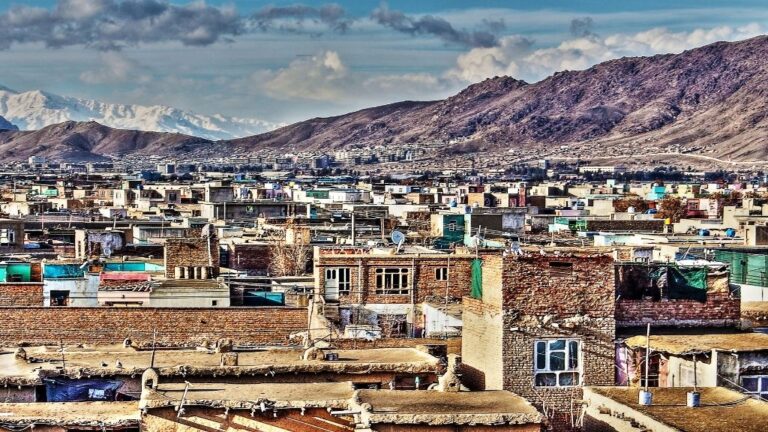The aftermath of the political fallout of former President Ashraf Ghani’s government has been nothing short of apocalyptic for the people of Afghanistan. The implausible rise of the Taliban after two decades has brought with it immense turmoil and uncertainty for the future of the country.
In the days following the unprecedented take over of Afghanistan by the Taliban forces, the world watched in horror as thousands of people attempted to flee the country by any means possible. Images of desperate crowds at Kabul International Airport, subsequent suicide bombing and gunfire attacks killing over 70 people were all a stark reminder of life under the Taliban rule twenty years ago. Within a few weeks of the political fallout, reports of physical torture, stringent restrictions on women and of Taliban soldiers dealing out severe punishments for petty crimes flooded the international media.
International rejection of the Taliban government
The Taliban has assured global audiences that they would not regress to oppressive and brutal policies of their past dictatorship, but contradictory evidence has left world leaders unconvinced. Unwilling to recognize the Taliban as a legitimate government, international aid organisations such the World Bank and the International Monetary Fund quickly froze aid flows. The sudden crippling of critical funds in addition to the ongoing COVID-19 pandemic and administrative chaos has triggered a massive humanitarian crisis.
Millions of Afghans are facing starvation, displacement, and rising conflicts thereby pushing the struggling nation to the deep end. In response, the United Nations is urging countries to support the people of Afghanistan through collaboration. But progress has been painfully slow and halting. Rapidly changing ground realities, lack of development institutions, rampant corruption, and the high risk of aid-misuse by the Taliban are only some of the contributing factors to the intensifying economic and humanitarian catastrophe. As development workers, non-profit organizations, and aid powerhouses navigate this fragmented labyrinth, the nation continues to slip further into the looming abyss.
Resistance by the people
Yet despite the grim circumstances, the people of Afghanistan have been outspoken about their animosity towards the Taliban. Recent protests led by Afghan women are a reflection of a society that demands accountability and fair treatment by their alleged government. Increased awareness, social media, education and a determination to fight for their rights has propelled widespread resistance in several major cities in Afghanistan during the months of August and September. However, violent crackdown by the Taliban has since forced journalists and protestors to hide or flee the country. Reports suggest that of the 700 female journalists working in Afghanistan pre-Taliban, less than 100 are currently employed.
Given the unpredictability of the Taliban regime and rising clashes with other internal militia groups such as the Islamic State-Khorasan, there is no telling what the future holds for Afghanistan. Only time will tell whether angry and frustrated citizens will rise to oust the Taliban, if the cash-strapped Taliban will eventually collapse under mounting global and internal pressures, or whether the current government will manage to bring the country out of the present tragedy.
This text was written by Lund Magazine Group. The group is independent from FUF:s Utvecklingsmagasinet.


